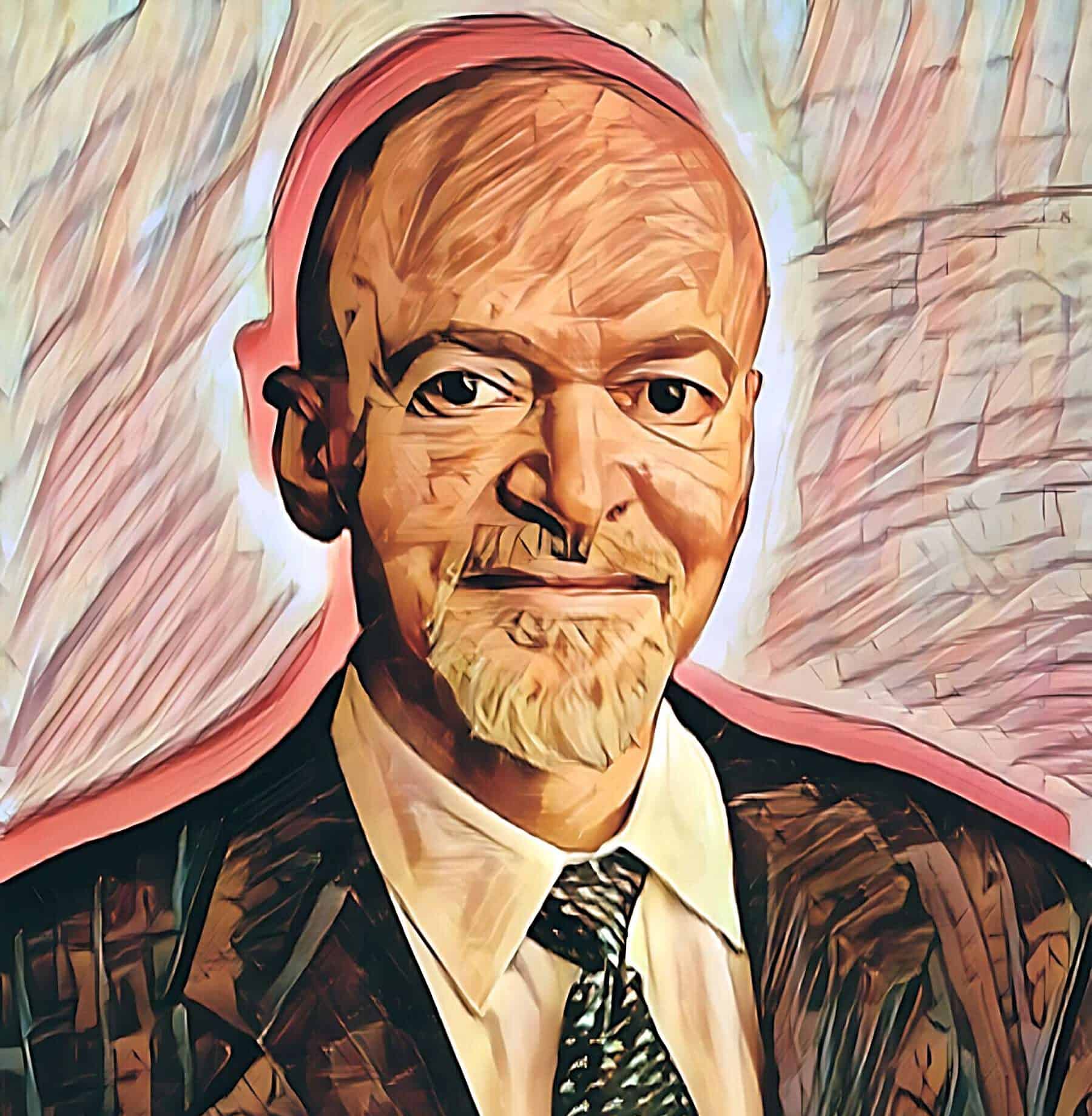William Eckhardt is a Market Wizard and Godfather of the popular trend-following trading method: The Turtle Trader. Eckhardt, a former mathematician, left the academic world to pursue trading full-time and never looked back. He raked in profits and generated an average return of 62% in the twelve years before his Market Wizards interview.
Eckhardt was a pure mechanical trader. He built trading systems that allowed him to implement two of his most important trading rules: Risk Management and Removing Human Nature From Trading.
This article expands on both of these lessons. The good news is that you don’t have to be a purely mechanical trader to learn and profit from Eckhardt’s trading lessons.
Discretionary traders will significantly improve their results by following these two trading lessons from one of the greatest Market Wizards.
William Eckhardt On Risk Management
“You shouldn’t plan to risk more than 2 percent on a trade.” – William Eckhardt
Risk management is critical to successful trading. In his interview in The New Market Wizards, Eckhardt emphasized the importance of managing risk to achieve long-term success. He noted that many traders focus solely on entry and exit strategies but neglect the risks involved in each trade.
Eckhardt suggests traders should focus on managing risk by setting stop-loss orders and limiting the amount of capital allocated to each trade. He stresses diversification, noting that even the most sophisticated trading strategies can fail if a trader’s capital is concentrated in a single position. By spreading risk across multiple positions and asset classes, traders can reduce the impact of any single loss.
William Eckhardt echoes nearly every Market Wizard in his obsession with risk management. In fact, at one point in the interview, he admits, “I wish I focused more on money management [i.e., risk management] earlier in my career. Unfortunately, I didn’t start caring about money management until much later.”
What’s fascinating about Eckhardt’s answer isn’t how similar it is to other Market Wizards but how they all provide the same number of “no more than 2% of trading capital.” Regardless of the strategy, every Market Wizard, including Bruce Kovner, agrees you should risk no more than 2% of your trading stake.
By risking no more than 2%, the math says, “The only way you go broke is by taking 50 consecutive losing trades.”
The biggest misconception about this approach is that you must take small positions. That’s not true if you use stop losses.
Say I have a $10,000 account and am bullish on Apple (AAPL) over the next 12-18 months. I notice it’s breaking out from long-term consolidation. So I buy the weekly close bar on Friday at $100/share and put a stop-loss below the low of that weekly bar at $95.
My risk is now $5/share, or the difference between my buy and stop loss prices.
Let’s follow Eckhardt’s Risk Management Rule and risk 2% of our account on this trade, which is $200. That means we can buy 40 shares of AAPL and still risk only 2% of our account.
Here’s the critical part. Though we’re only risking $200 of actual capital, our position size is a whopping 40% of our account (40 shares * $100/share).
So on a notional basis, we’re putting $4,000 of our $10,000 account on Apple. But we’re only risking $200 of our account.
This has a profound effect on how you view investing and trading. Because if you’re right about Apple going higher, you make a killing. But if you’re wrong, you cut your losses at a small enough amount that it doesn’t damage your account. You’ve created an asymmetrical opportunity.
That’s the power of using risk management in trading.
This can also work for any timeframe because risk management using stop-losses works fractally. What works on a daily chart also works on a weekly, monthly, or yearly chart. Investors can use Eckhardt’s risk management by changing the charts to reflect their holding periods.
If you’re a longer-term investor, use weekly or monthly charts. The downside is that you won’t get as much notional exposure because you’ll have to place your stop farther away from your entry. But the upside is that you stay in a trade longer and better match your investment time horizon.
William Eckhardt makes Risk Management simple for traders and investors. You can start with this lesson – risk no more than 2% of your account on any trade – and you’ll amaze yourself at how quickly your trading improves.
William Eckhardt On Avoiding Human Errors
Human beings come pre-packaged with the antithesis of what a successful trader needs. We’re greedy, scared, and fear losing more than we crave winning. We take profits prematurely and bag-hold our winners because we don’t want to look dumb in front of our friends. We celebrate our ingenuity when we profit, then blame “Mr. Market” when we take a loss.
Eckhardt deeply understood human flaws and designed computerized systems to remove any human-making decision from the equation.
He expands on this topic in the interview (emphasis added):
“Amateurs go broke by taking large losses, professionals go broke by taking small profits. The problem, in a nutshell, is that human nature does not operate to maximize gain but rather to maximize the chance of a gain.
The desire to maximize the number of winning trades (or minimize the number of losing trades) works against the trader. The success rate of trades is the least important performance statistic and may even be inversely related to performance.”
Humans want to feel like they’re winning… even if that means sacrificing long-term results for the sake of short-term satisfaction.
Think about it this way. What’s more fun at a dinner party, telling your friends about the five trades you booked for profits? Or admitting that you took your seventh consecutive losing trade?
Nobody cares that booking those losses are part of a long-term profitable system. You’re a failure at that moment.
That’s why traders go broke by taking small profits. They want that winning feeling and will sacrifice their long-term trading plan to bank short-term profits.
George Soros is one of the greatest traders to ever live. His average win rate during his heyday was ~30%. In other words, one of the greatest traders ever lost on ~70% of his trades.
But Soros understood his trading plan. He knew that taking many small losses eventually allowed him to hit the big winner — the one trade that made up for all those papercuts. It would look something like this: Small loss, small loss, small loss, small win, small loss, small loss, BIG WIN.
Soros could trade like this because he didn’t take losses personally. He knew they were a feature, not a bug, in his trading plan.
William Eckhardt created mechanized systems to remove the personal assignment of wins and losses. That’s how he cracked the human nature code.
In a perfect world, every trader would remove human nature from their decision-making process and live happily ever after in a consistently-profitable trader utopia. But that’s impossible. The best we can do is reduce our human trading errors over time until they become rounding errors in our year-end PnLs.
Trading psychologist Jesse Tendler has a great framework for thinking about human errors. He ranks mistakes into three levels: “A”, “B”, and “C” — C being the worst mistake you can make.
The goal is to continually reduce those C-level mistakes. Think of it like cutting the left-tail of losses so your probability distribution skews more towards A and B-level mistakes. Just by doing that, your PnL will be far more positive at the end of the year.
William Eckhardt’s trading lessons help us reduce left-tail mistakes and, in turn, help us become consistently better and more profitable traders.
William Eckhardt and Richard Dennis’ Turtle Trading Strategy
William Eckhardt worked with Richard Dennis to found the Turtle Trading Method, a strategy of trading that emphasizes trend-following and risk management. Dennis recruited a group of traders called the “Turtles,” in the 1980s and taught them his techniques. Eckhardt also played a significant role in developing the system, which uses technical analysis and emphasizes discipline and patience. The Turtle Trading Method remains popular with traders today.
If you want more lessons from legendary investors like William Eckhardt, check out our free guide on the greatest traders ever here.








